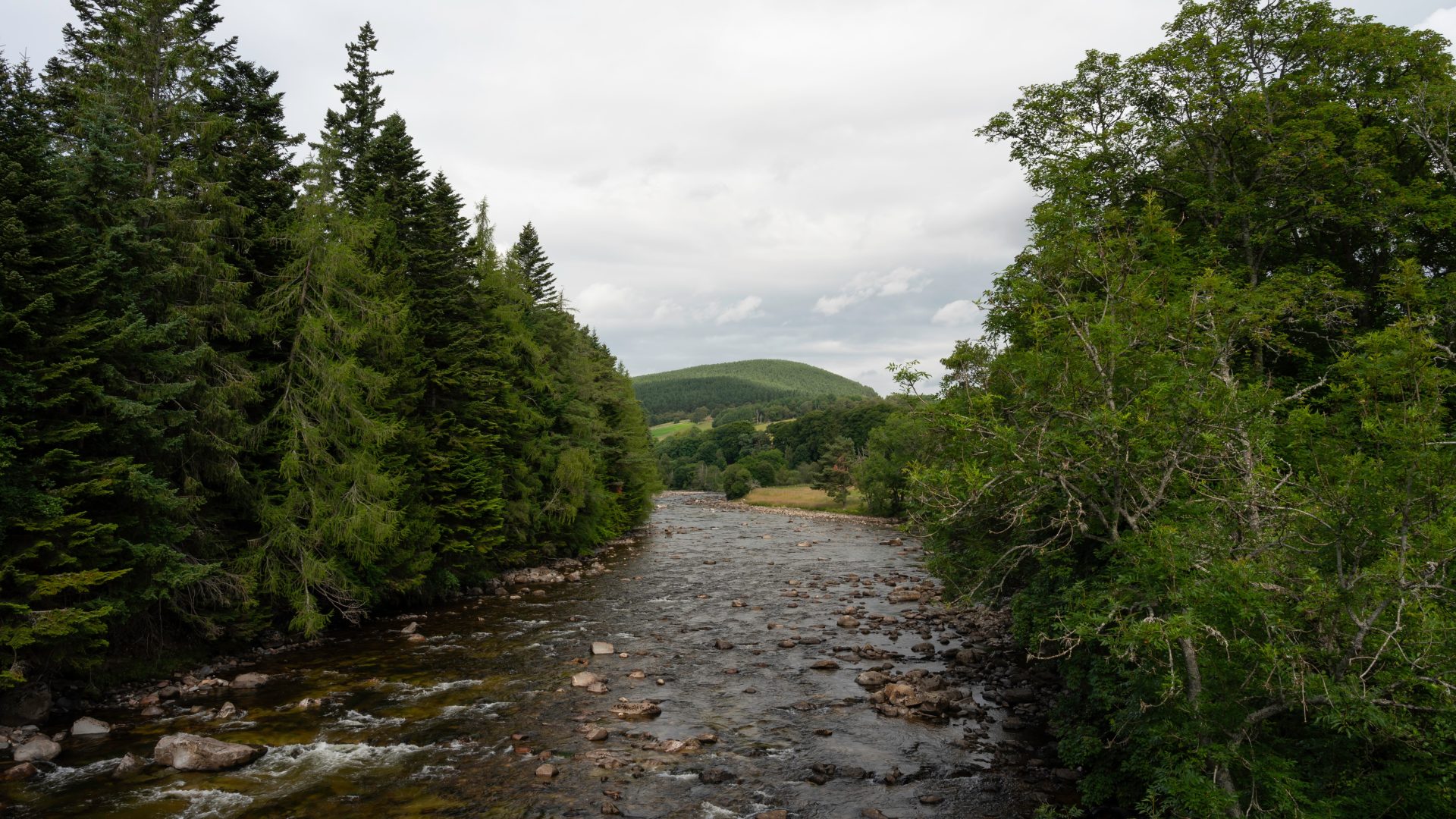Work commissioned by Scotland’s environment regulator to restore river habitats has opened up the equivalent of a trip from Edinburgh to Glasgow to Scottish salmon and trout populations in the last year.
The successful removals of Garlogie Dam on the River Dee and Crossmill Weir on the Levern Water, have ensured that 69 kilometres (just under 43 miles) of the rivers are now passable to migratory fish, allowing access to spawning habitats for the first time in more than 100 years.
Both projects were commissioned by the Scottish Environment Protection Agency (SEPA) with funding support from the Water Environment Fund (WEF), which is provided by Scottish Government and administered by SEPA. Funding is targeted on projects which will derive the greatest benefit to Scotland’s rivers and neighbouring communities.
Garlogie Dam and Crossmill Weir, plus the many other river restoration projects that WEF has made possible over the years, have brought together charities, local environment groups, river trusts, local authorities, government bodies and local communities to allow real world improvements to rivers that bring benefits far beyond what people might initially think.
River restoration enhances water quality by reducing pollution and promotes a healthier ecosystem. It also helps mitigate the impact of floods, as restored rivers can better absorb and manage excess water, protecting surrounding areas. These projects can also contribute to improved recreational opportunities, regenerating important green spaces that allow people to recharge and improve their overall well-being – often acting as meeting points for communities to gather for recreational activities, exercise, or simply to enjoy nature.
Nathan Critchlow-Watton, SEPA Head of Water and Planning, said:
“In the face of the daunting challenges faced by the climate crisis and biodiversity loss, it can be easy to feel overwhelmed sometimes. But the work carried out through the Water Environment Fund is demonstrating real improvements for our environment, our communities and our country.
“As Scotland embraces the challenges of the 21st century, the importance of river restoration cannot be overstated. Garlogie Dam and Crossmill Weir are just two excellent examples of projects that merge sustainable development, environmental stewardship, and the preservation of Scotland’s natural heritage – bringing benefits for our fish populations, our communities and our economy.
“At SEPA we’ll continue to work in partnership with landowners, local authorities and other organisations across the country to identify further opportunities for projects just like these. This work is delivering for Scotland through attractive and accessible river corridors that provide real climate adaptation benefits by enhancing our water environment’s ability to manage the effects of climate change – such as reducing peak flows, increasing habitat diversity and reducing temperatures by providing shade.”
Cabinet Secretary for Wellbeing Economy, Net Zero and Energy Màiri McAllan said:
“The many projects carried out through the Water Environment Fund in collaboration with Local Authorities, river trusts, catchment partnerships and other stakeholders are breathing life back into our rivers. This work benefits our environment, our wildlife – like our iconic wild salmon – and our people and communities.
“The Water Environment Fund enables projects to both restore access to rivers for migratory fish and in urban river restoration, delivering benefits for biodiversity, climate change adaptation, green space provision, public access and flood management.”
Craig Macadam, Conservation Director at Buglife and the Convener of LINK’s Freshwater Group has provided the following:
“Scotland is renowned for its freshwaters. They are home to iconic species such as Atlantic Salmon and Freshwater Pearl Mussels, provide drinking water, are used to generate electricity, support game fisheries, and are essential for the production of food and drinks, such as whisky.
“Barrier removal is an important step in restoring free-flowing rivers in Scotland. The removal of Garlogie Dam and Crossmill Weir will not only benefit migratory fish such as salmon and sea trout, but will also restore natural flow processes, benefitting a wide range of plant and invertebrate species, and helping to mitigate the impacts of climate change in our rivers.”
The 69-kilometre achievement is highlighted in SEPA’s quarterly Performance Report, which tracks how the agency is progressing against its corporate targets. The latest report summarises progress, with SEPA on track to achieve seven of the nine measures from last year’s Annual Operating Plan.



